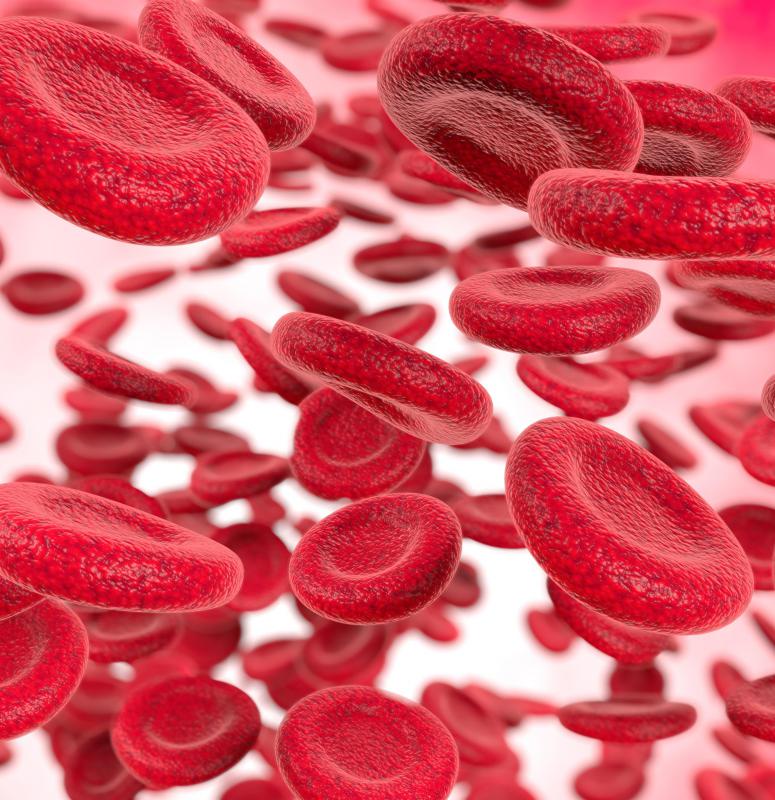At TheHealthBoard, we're committed to delivering accurate, trustworthy information. Our expert-authored content is rigorously fact-checked and sourced from credible authorities. Discover how we uphold the highest standards in providing you with reliable knowledge.
What Is an Umbilical Cord Blood Transplant?
An umbilical cord blood transplant is a procedure used to treat various forms of blood disease, such as leukemia, certain types of anemia, and other forms of cancer. The umbilical cord contains stem cells, which can develop into healthy blood cells. Cord blood for an umbilical cord blood transplant can be used from the patient’s own umbilical cord, if it was banked, or from a donor’s cord blood.
Some parents bank their babies' cord blood after birth. Once a baby is born, the cord blood is taken from the umbilical cord. The blood is frozen and stored at a blood bank for future use. If the need arises in the future, it can be used for an umbilical cord blood transplant for the baby, it can be donated to a relative, or it can be donated to someone else. If the cord blood is donated, a cord blood match can be located through the match registry run by the National Marrow Donor Program.

The process needed to prepare for an umbilical cord transplant may vary depending on the disease being treated, however, most patients will need chemotherapy before the cord blood transplant. The medications given will destroy diseased cells. The drugs given also suppress the patient‘s immune system. This prevents the patient’s body from trying to attack the donated cord blood cells.

Before an umbilical cord blood transplant, a central line will be inserted into a vein, usually in the patient’s chest. The cord blood cells are transplanted from blood bags into the patient through the central line. This process is similar to a blood transfusion.
Some risks and complications are possible with a cord blood transplant. The chemotherapy can weaken the immune system, which can lead to serious infections. The cord blood can also be rejected, which can lead to a condition called graft-versus-host disease.

Even with the risks involved, cord blood transplants have some advantages over other types of bone marrow transplants. Although graft-versus-host disease is a possibility, it does tend to occur less with cord blood transplants. Another advantage of a cord blood transplant is the cord blood may be quickly available, while finding a match through an adult peripheral blood donor can be time consuming.
After an umbilical cord blood transplant, patients will need to take special precautions to avoid infection. A low-bacteria diet may need to be followed. Teeth will need to be cleaned thoroughly and gently to remove bacteria from the mouth. Once the donor cells engraft and start producing healthy white blood cells, the immune system will slowly become stronger.
AS FEATURED ON:
AS FEATURED ON:













Discuss this Article
Post your comments